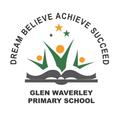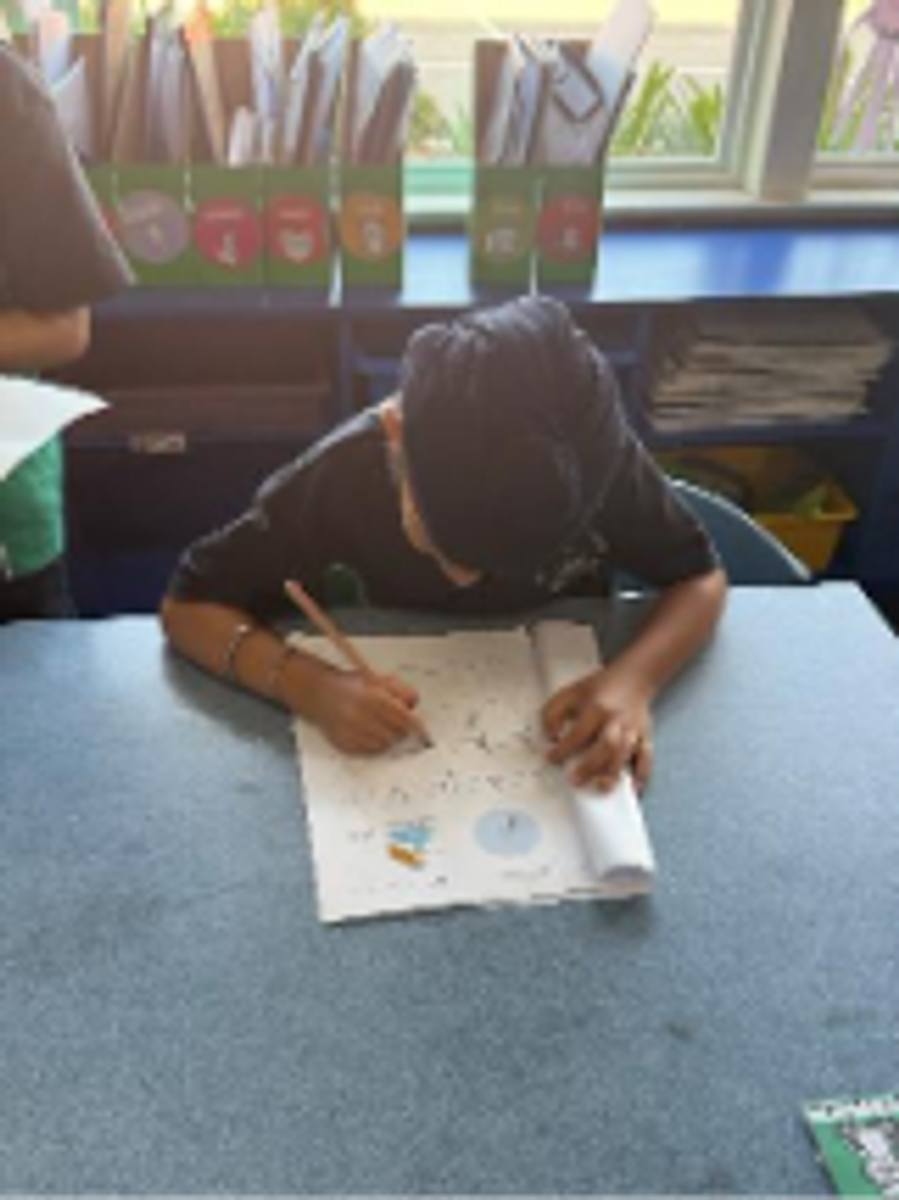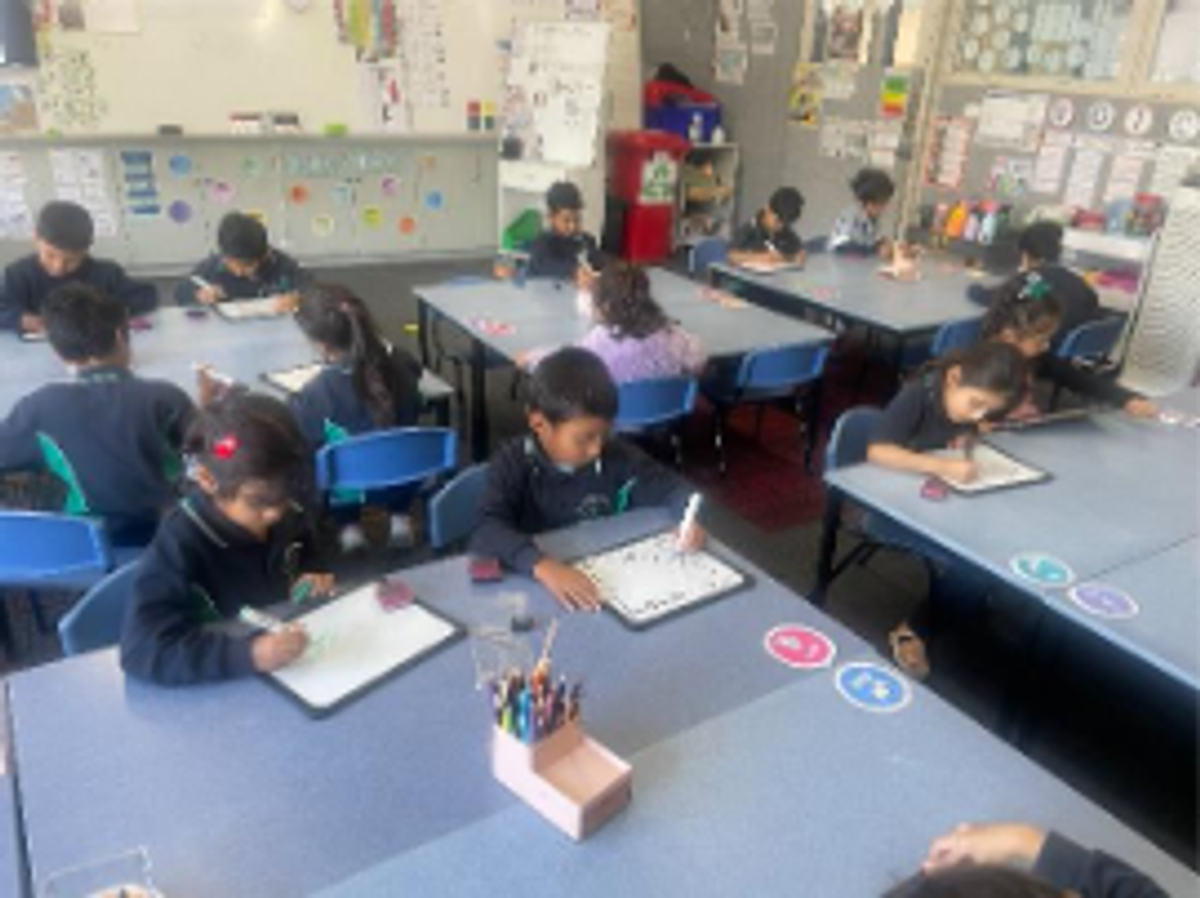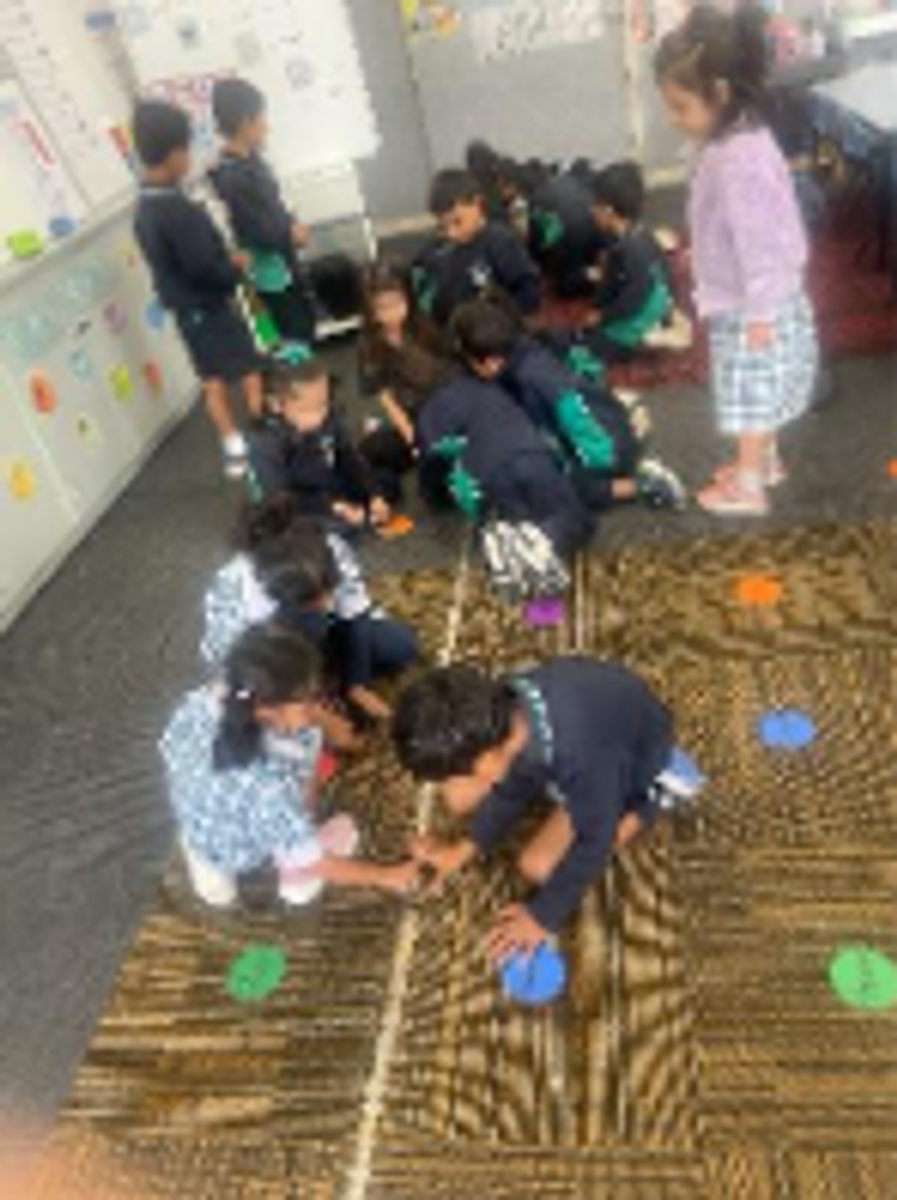Learning in Term Two 2025
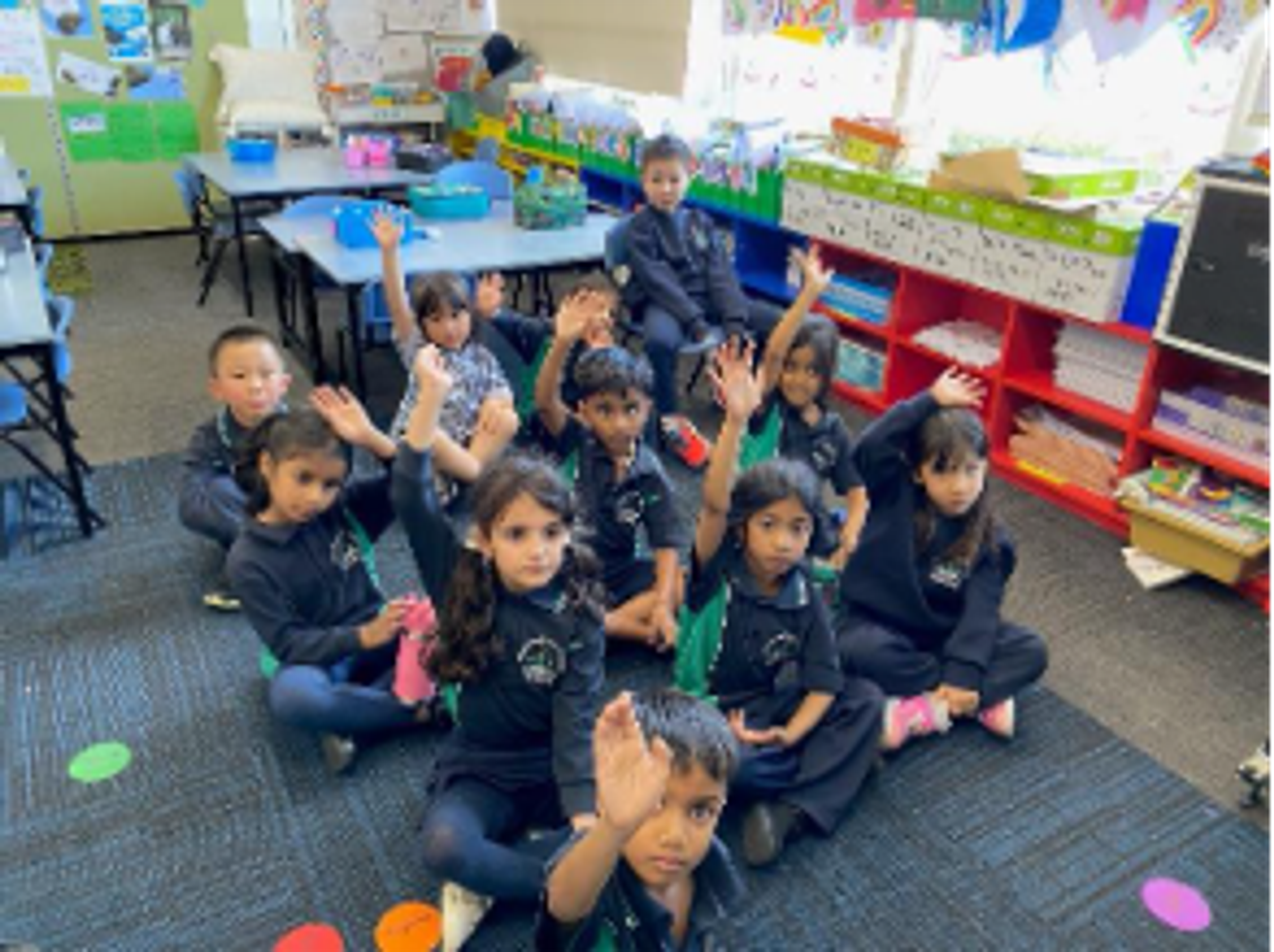
Literacy
InitiaLit
This term students will continue with a systematic synthetic phonics approach to literacy. Letters will be explored in the following sequence: i, f, r, o, c, d, h, e, n, g, l, k, u, b, j. Students will build their understanding of key concepts of reading such as phonological awareness, oral language and phonemic awareness as they continue to explore the different sounds and blend them together to make words. They will practice the application of phonics skills through reading words in isolation and in sentences.
Key Language used this Term | Beginning sounds, middle sounds, ending sounds, stretch, blend, letter name, letter sound |
Supporting your child at home in Reading:
- Read with your child every night and record this in their diary.
- Discuss the story with your child to promote comprehension with questions such as “who is in the story?”, “what is happening?”, “I wonder why did the character decided to...”, “how does the character feel? What evidence did you use for your inference?”
- Allow your child to stretch and blend the words in their decodable reading books.
Writing
This term, students will continue to look at letters and identify the different sounds they make to produce words. They will practice correct letter formation and spelling to construct a sentence through the InitiaLit program. Students will continue to develop strategies from our whole school approach, VOICES, when writing letters and reports.
Key Language used this Term | Capital letter, lowercase letter, full stop, sentence, idea, word, sound, noun, adjective, letter, question |
Supporting your child at home in Writing:
- Ensure correct writing posture and the use of correct pencil grip.
- Focus on correct letter formation in Home Learning Tasks, paying attention to the size, proportion and placement of letters on the dotted thirds.
- Engage in fine-motor activities to support muscle development for writing. This can include playdough (especially rolling and pinching), cutting, beading, folding paper and finger stretches.
Speaking and Listening
This term, students will continue to develop their confidence in speaking and listening. They will be encouraged to continually reflect on their learning with the feedback received, enabling them to challenge themselves. As part of the InitiaLit program, students will identify the individual sounds in words. They will stretch, blend and manipulate sounds within a word. In mathematics, students will be encouraged to explain their thinking and justify their answers.
Some tips for speaking and listening with your child at home:
- Encourage your child to respond by using full sentences.
- Ask your child to repeat instructions you have given them. For example, ‘tell me what you need to do first’.
Mathematics
In this term’s mathematics lessons, we will be using the OCHRE curriculum resources to explore exciting concepts that build foundational skills. Our learning will cover a variety of topics, starting with Location, where students will practice describing positions and locations in 2D space, including the concepts of left and right. We’ll also dive into Part-Part-Whole, helping students understand the relationship between parts and wholes through partitioning and part-part-whole properties. Our Shape unit will focus on recognising 2D shapes, their features, properties, and orientation and learning about 3D shapes. Students will make real-life connections to enhance their understanding of shapes, such as sorting shapes based on their features and participating in a shape hunt around the school. Finally, students will strengthen their Counting and Place Value knowledge, learning about digits 0-9, grouping by tens, and understanding the importance of place value. It’s going to be a fun and engaging term of mathematical exploration.
Key Language used this Term | Left, right, five-frames and ten-frames, Corners, edges, sides, vertices, straight, curved, equal, same, long, short, how many, Groups of ten, Place value, Digits 0-9, Adding, Subtracting, more than, less than, number stories, partitioning numbers to 10 |
Supporting your child at home in Mathematics:
- Discussing with your child the different shapes and composite you see in everyday life. These may include cereal box – rectangular prism, soccer ball – sphere or a pizza – triangle.
- Ask them to describe the features of 2D shapes. How many sides? How many corners?
- Ask them to describe the features of 3D objects. How many vertices? How many edges? What 2D shapes can you see in the object?
- Ask them to create groups using resources found at home, such as cereal or Lego pieces
- Create number stories using counting resources to support their understanding
Inquiry
Question: How do I respect my environment?
During Term Two, students in Prep will be responding to the question, ‘How do I respect my environment?’ They will explore environments they are connected to such as school and home and use the Science inquiry skill of observation to identify what is in each environment. All students will participate in experiments to build their understanding of cause and effect. Students will explore boundaries and respect and how they can show respect to their environments. At the end of the unit the students will transfer their knowledge of living or non-living things needed in order to survive, last or thrive. They will present their learning to their buddy classes to teach them about the importance of respecting environments.
Key Language used this Term | Environment, connect, living, non-living, man-made, impact, effect, respect, boundaries |
Supporting your child at home in Inquiry:
- Explore your home environment and what things are found in your home and in your backyard. These can include flora, fauna and man-made objects.
- Discuss with your child their daily actions that can have a positive impact on the environment.
The Resilience Project (TRP)
During Term Two, students in Prep will be delving deeper into The Resilience Project. This term we will continue looking at the three key pillars which cultivate positive emotion; Gratitude, Empathy and Mindfulness (also referred to as GEM) while linking this in with Emotional Literacy.
We will be having many discussions or GEM chats based around these wellbeing areas which help build resilience. Students will learn about friendships and how we both make friends and be good friends. We will also explore sharing and why this is an important aspect of belonging to a classroom and school.
We will learn about the school values of Integrity, Respect, Initiative and Global Empathy and how these four values are followed in the classroom and throughout the school. We will explore, discuss and demonstrate the expectations of behaviour.
| Key Language used this Term | Friend, gratitude, empathy, mindfulness |
Supporting your child at home with the Resilience Project
- We also encourage parents and families to have GEM chats at home. For example, what has made you smile today?
- Ask your child what they have been learning about in TRP learning time.
- Ask them what gratitude, empathy and mindfulness are. You may be amazed at the information your child can share about The Resilience Project, through the weekly learning taking place within the classroom.
The Cyber Safety Project
In the upcoming lessons of our Cyber Safety Project, students will explore key concepts to help them navigate the online world safely and responsibly. They will learn how to establish and maintain safe online habits, such as keeping passwords private and being mindful of who they interact with online. They will also begin discussions on making safe and appropriate choices in different online scenarios, helping them understand how to assess situations and make responsible decisions.
As the program progresses, students will gain an understanding of the importance of rules both offline and online, discovering how these rules help keep everyone safe and promote fairness. They will also explore the concept of personal information, discussing what is safe or unsafe to share online. This will help them understand how some information, once shared, can stay online forever, emphasising the importance of thinking carefully before posting or sharing personal details.
How to Support Your Child at Home:
- Encourage open discussions about online safety and ask your child what they are learning in class.
- Remind your child about the importance of keeping personal information private.
- Practice making safe online choices together by exploring different scenarios and discussing the best actions to take.
- Always monitor your child’s usage online.
Perceptual Motor Program (PMP)
This term, the prep students will be involved in a weekly movement-based program starting on Thursday from Week 2, in session 5. The program will be in the school gymnasium. This program supports children to improve their hand/eye and eye/foot coordination, balance, locomotion, eye-tracking skills and general fitness.
To support the program, we are asking for helpers that have a current working with children check. Your role will be to supervise a movement station (all instructions will be provided) and if possible, to help set up and pack away the equipment. Please speak to your class teacher if you are available to attend for one or more sessions.
